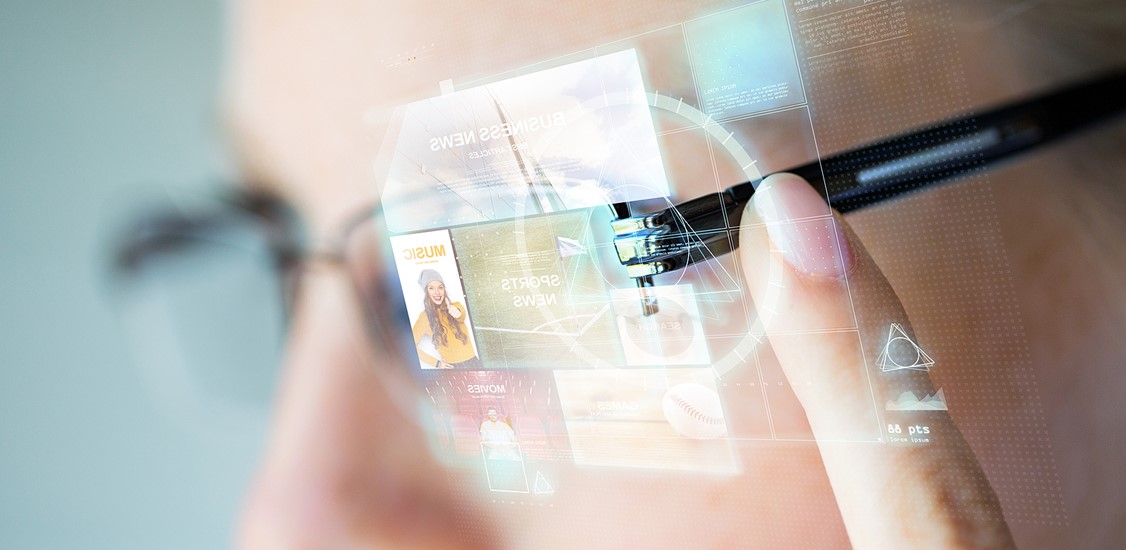When was the last time you sat around a fire with your friends?
Maybe it was dusk, maybe full night. Maybe you can still remember the calm crackling sounds, the warm soothing light, and the lingering smell of the fire in your hair and in your clothes. Few things are as relaxing and joyous as simply sitting around a fire in the company of good friends. It’s hard to feel alone, or even anxious, sitting by that fire.
In the course of evolution, human beings have learned to regard fire as a source of good - of warmth, food and safety. When the day’s work of hunting and gathering was done, and all chores were out of the way, the fire served to keep cold and predators away. Maybe this is why it still signals to our primal selves that it’s OK to be at rest - why sitting around a blaze with your friends, your tribe, your people, feels like a reward at the end of a productive day.
At the risk of waxing sentimental, I submit to you that such simple, shared moments are the best gifts that life has to offer. After two years of social distancing, widespread emotional turmoil, and what mental health professionals have called an epidemic of loneliness, creating a sense of community and belonging - building villages, if you will - is more important than ever.
And yet these days, far too many of us eschew physical connection for life online.
Even as it has allowed us to bridge vast geographical divides, the digital revolution has eroded the old constructs that offered us a sense of belonging. While the average person spends plenty of time chatting with friends online, they have lost touch with their neighbours. Social media, which once promised to create a more joined-up world, has in fact contributed significantly to a growing sense of isolation.
A Facebook feed is no substitute for a fire. And rather than fostering bonds, social media algorithms have contributed to siloed thinking, sociopolitical divisions and an increasing inability for those with differing views to engage with one another.
The sudden emergence of the metaverse into our cultural consciousness is placing a renewed spotlight on the evolution of the digital world and our place in it. It seems clear that we stand on the precipice of a new era that will draw us even more deeply into life online. But does this necessarily mean that the isolation linked to Internet usage is also destined to grow?
Building villages in the metaverse
Ask the average person to describe the metaverse and they’ll probably sketch out a world of fully-immersive, three-dimensional landscapes populated by avatars that carry virtual tools and wear digital clothing. While all that may sound cool and exciting, it is my conviction that retreating to such a world will inflict further harm on how human beings relate to one another.
I’m not some kind of luddite - I grew up online. Digital identity and expression are both real and valid, but the evidence demonstrates that not all forms of digital interaction help us connect as human beings.
If we use virtual reality (VR) technology as the foundational technology for the metaverse, we risk elevating isolation to a new level.
VR lifts us out of this world and places us in another - a digital world devoid of the emotional context and dimensions of what we’ve left behind. This form of extreme escape may sound exciting to some, with its promise of a fresh start, and the opportunity to find new communities online. But I for one feel an acute sense of sadness at the idea of giving up real-world relationships and landscapes for the neon lights of radical self-expression online.
Imagine trading your commute to work for a VR headset. It’s an idea that may sound glorious to those of us who face long daily train journeys - along with Mark Zuckerberg. Once the novelty wears off, though, I question whether we will truly enjoy trading gossipy coffees and water cooler chats for workdays strapped into VR headsets, isolated from real-life contact.
And what about leisure activities? Would it really be as satisfying to watch your favorite football team battle rivals in a virtual stadium, without the tension and emotional energy of the crowd around you? Digital art galleries may offer close-ups not possible in the brick-and-mortar variety, but a better medium does not always add up to a better experience. I would much rather watch the game on a small TV surrounded by friends or excited strangers than watch it alone, even in 3D and high definition.
And while some forms of human-to-human connection are possible in VR, I believe leaving the physical world for large chunks of each day will significantly contribute to humanity’s sense of alienation. This is why I believe that if we build the metaverse on a VR foundation, we will barter away a piece of our humanity that is not digitally replicable.
Shared location = shared reality
Augmented reality, or AR, offers a solution. Instead of leaving the real world entirely to inhabit the digital one, AR allows us to invite virtual elements into physical environments. This means that AR can become part of everyday activities, rather than a replacement for them.
With AR, we don’t have to abandon the emotional context of physical spaces - rather, we can paint these spaces with even more meaning. In fact, I’d like to argue that augmented reality constitutes an important next step in the evolution of human language.
One caveat: The AR scaffolding we use to construct the metaverse must allow virtual objects and landscapes to be precisely located in physical space, so that everyone experiences them in the same way. After all, how can we play fantastical board games with friends if each player perceives the pieces in a different place?
In other words, AR must offer considerably more precision than current geolocation technologies such as GPS. If we and our friends are to truly share an AR experience, our devices must know one another’s physical positions as intimately and easily as the humans who hold them.
With the right infrastructure, however, it is possible to create an AR metaverse that successfully marries the virtual with the real. In this way, we can free ourselves - not just from the shackles of the VR headset, but also from the infernal computer chair. A technology that allows virtual objects and spaces to be precisely mapped will allow us to do amazing things: to walk around digital representations of architectural models, or to learn how to assemble delicate and costly machinery without the risk of breakage.
I would urge everyone who believes in the future of the metaverse to consider the question of human connection now, while the technology is in its formative phase and we still have the chance to make choices about what we want to create and embrace. It is vital for us as a species that those choices foster human connection, not further separation.
This is why AR is so powerful.
It doesn’t ask us to sacrifice the experience of life as a human on Earth. In fact, it allows us to enhance and engage with life in new ways. And through this kind of engagement, we can create opportunities for people to connect. By expressing ourselves and sharing experiences in AR, we can build villages around creativity, meaning and play.
Instead of escaping reality, let’s use the metaverse to rebuild those villages of human interaction lost to time. Let’s work toward a shared digital future - together.




















